
The cell phone charging stations are popping up everywhere in Dubai and all around the UAE. Whether it is a shopping mall, office, retail store, restaurant, entertainment hub, beaches, hospitals & healthcare facilities and even in educational institutes and libraries. The cell phone charging stations are gaining rapid adaptation everywhere. There is a very strong reason for it. In UAE almost 98% of the population is using smartphones. The non-smartphones are just fading away, the tablets and other smart personal gadgets are also gaining popularity. The smartphones and personal gadgetry is getting powerful by each year so much so that my current smartphone is powerful than one of my previous laptop just about 5 – 6 years ago. More processor, memory and computing power means more battery consumption, the displays are also getting brighter which also consume more power.
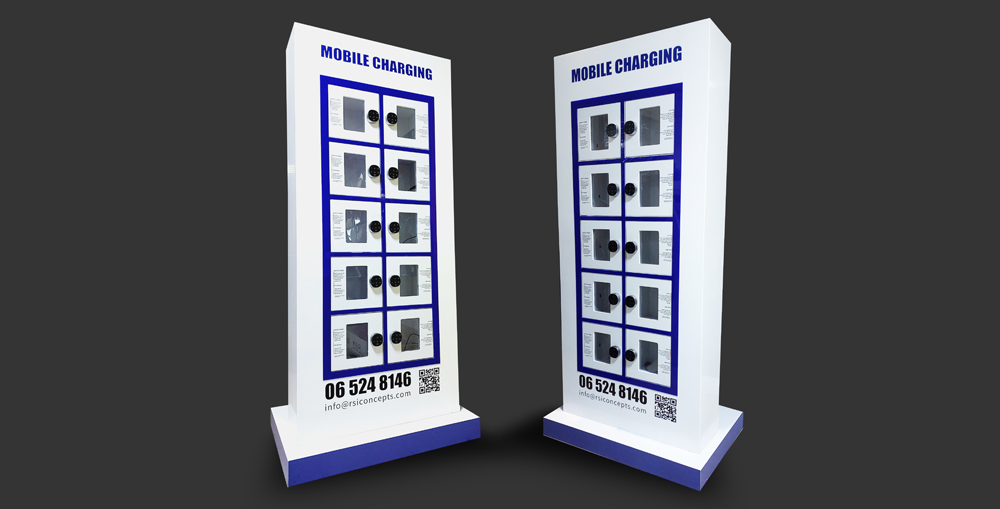
On an average a flagship smartphone have 5,000 mAh battery and mid-range and low-range smartphone are having around 3,000 to 3,500 mAh. This is due to the physical limitations, hence we all have to use a charger every day. Sometimes even more than one time a day. We all had those moment when we are in middle of something and our phone gives low battery warning sign or the screen become dull. Maybe one forgot to plug it in at night, and in morning they don’t get enough time to charge it, or maybe your kid watched cartoons for too long, or you love to play games or chat or browsing through social media. Maybe you had a lot of calls from work or emails or anything. At that time if you are not at office or at home, but in a mall, or at a bank or at another public place and you spot a cell phone charging station, how relived you would be? That is what attracts more people to your business and improve your customers experience in the waiting area.
See Also: How Exhibition Booth Designing Works in Dubai?
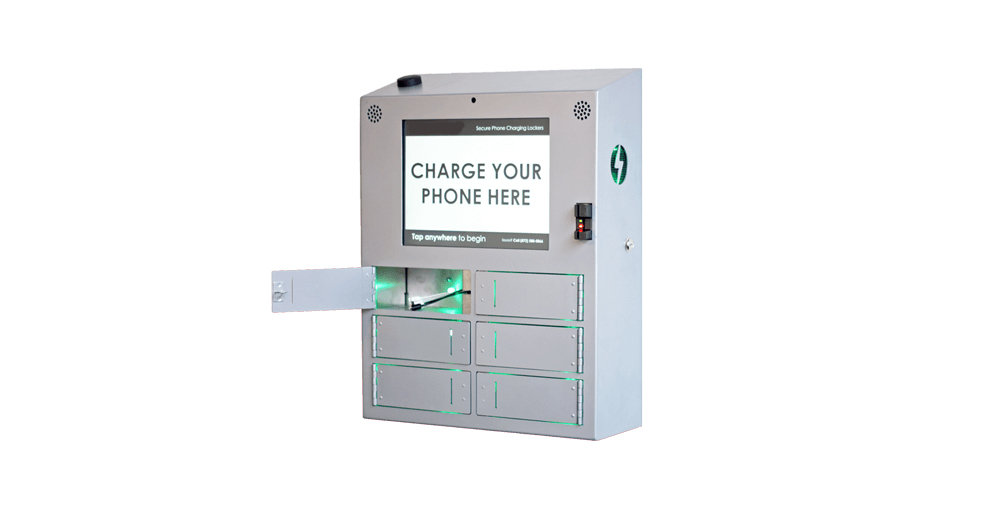
There are endless applications of the cell phone charging kiosk. For example you are at gym, your phone is low on battery, and you can plug it in a public cell phone charging station in the changing room. Or maybe you are at a beach or a cafeteria or at an airport, the cell phone charging stations are a blessing for the smartphone users. That is the main reason all sorts and types of businesses are deploying them everywhere. Most of the time people don’t know much about the smartphones and their technical specifications and all that. If you are using iPhone 13 or Samsung Galaxy S22 you might know some details about it but not about all other cell phones. When businesses decide to deploy a cell phone charging station they must know some basic details about the cell phones and the charging methods which most of the modern day cell phones are using. That is why we are writing this guide to provide basic understanding of the charging mechanisms and other important aspects of the cell phone charging station which will help businesses to select a more appropriate cell phone charging station for their needs.
What is a Cell Phone Charging Station?
The cell phone charging station or cell phone charging kiosk is basically a medium sized kiosk, usually floor standing which have multiple boxes (4 to 40+) in it, where users can place their smartphones, tablets or handheld devices to charge them. There are two types of cell phone charging station, one is absolutely free where users can use it free and the other type is a vending machine where users have to pay to get their smartphone and devices charged. Furthermore there are two additional classifications, one is with the lockable door/window and the other is open without any window or lock. Different types of the cell phone charging stations are used by different businesses. There are three major charging ports or cable types that almost 98% of the smartphone and cell phones in the world are using. These three types are Micro USB (For Android Smartphone & Tablets), C-Type (For Android Smartphone & Tablets) and Lightning Connector (For iPhone, iPads and Apple Devices). Some modern smartphones also comes with a secondary charging mechanism which is wireless or inductive charging.
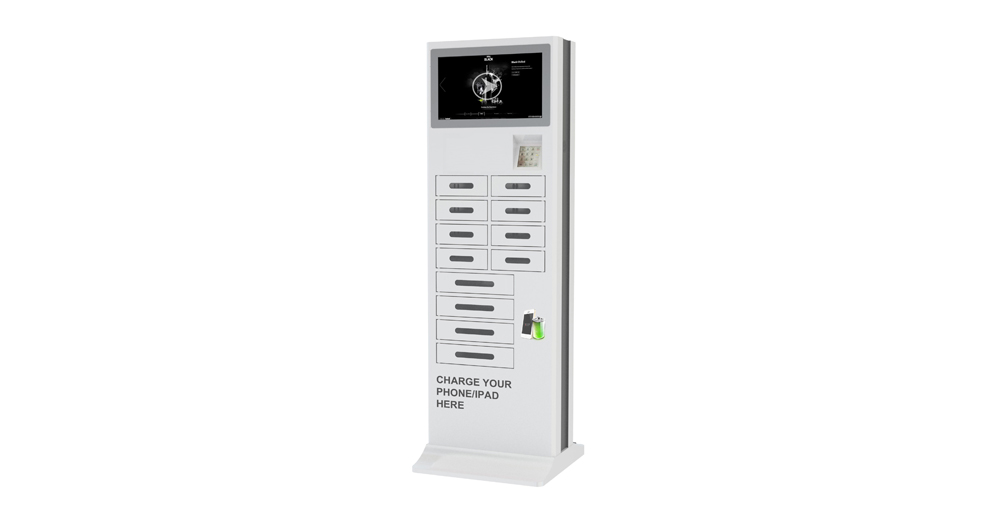
What is the Difference between Micro USB, C-Type and Lightning Charging Cables and Standards?
Without adding any technical details the biggest difference between the Micro USB, C-Type and Lightning cables is the charging power they can transfer and the speed of the data they can transfer. That is the simplest explanation. However, the Micro USB is slightly older technology, the Lightning connectors are old too but they are much more efficient than the Micro USB or Mini USB connectors. The Android based devices are using Micro USB connectors for charging and data transfer between your smartphone/tablet and computer. The lightning connector technology is developed by the Apple, and it is exclusively designed for Apple devices that is why its performance is much better. However, the USB C-Type technology is fairly recent and extremely efficient. It is far better than the traditional Micro USB connector and it is also superior to the Apple’s iconic Lightning connector. Each connector has a unique shape and set of internal wires that connect your device with charger or computer for charging or data transfer.
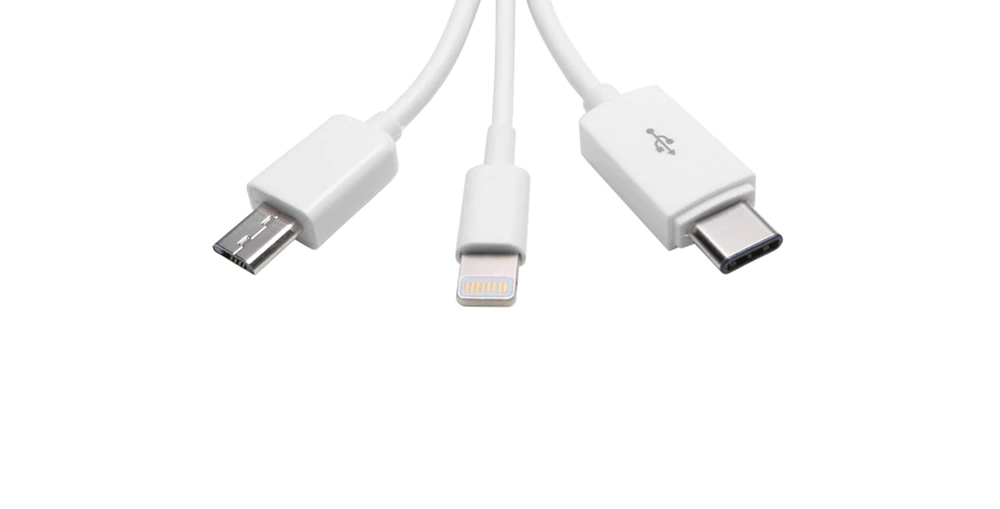
The Micro USB is the miniature version of the standard USB port. The USB C-Type was first made available in 2015 and since then it is rapidly adopted by the manufacturers so much so that almost all mid-range and high-range modern Android cell phones comes with the C-Type connector. There are rumors that Apple is covertly testing the C-Type for its future devices. It is hard to tell that in future we will be able to see a universal charging cable for all of our mobile devices but the one thing is obvious that the manufacturers are aggressively adopting to C-Type. Now a days, you can find C-Type connector on cell phones, wireless headphones, laptops, tablets and a lot many other smartphone and computer accessories. The C-Type can provide far superior charging power and data transfer ranges which as of now in completely unmatched.
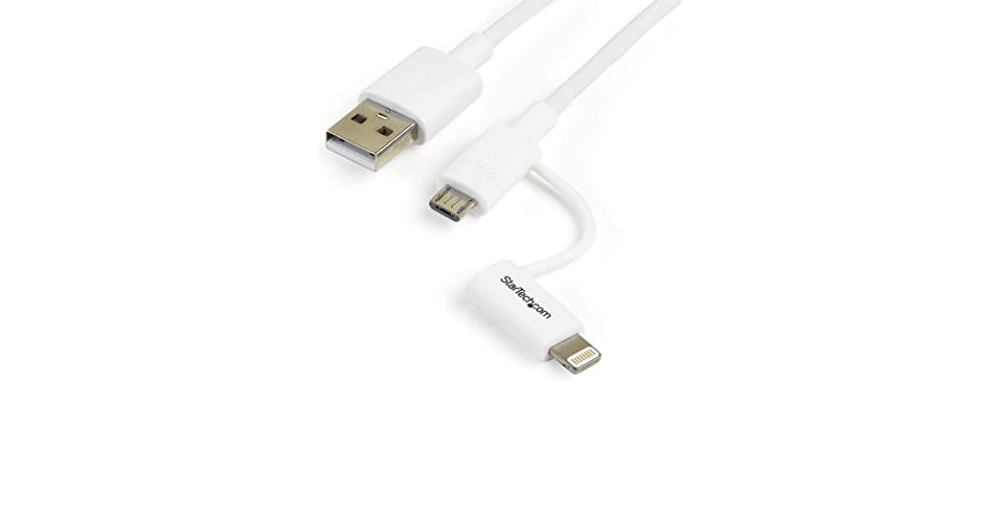
Apart from the connector type the charging cables and the data transfer protocols also matters. The Micro USB or even Standard USB has various different versions which are usually classified as A, B, C or V1.0, V2.0, V3.0, V3.1, etc. These all details are very confusing, but if you have to choose the best, chose the later versions, the latter is better at efficiency and power. Then there are different generations too, with each newer generation the power and data speed raised. For example if we talk about only USB data transfer, for USB 1.1 it was 12Mbps and for the most latest one which is USB 4 Gen 2 it is 20Gbps and for USB Gen 3 it is doubled, 40Gbps. However, for the cell phone charging station you should only concerned about the power of the cable rather the data transfer.
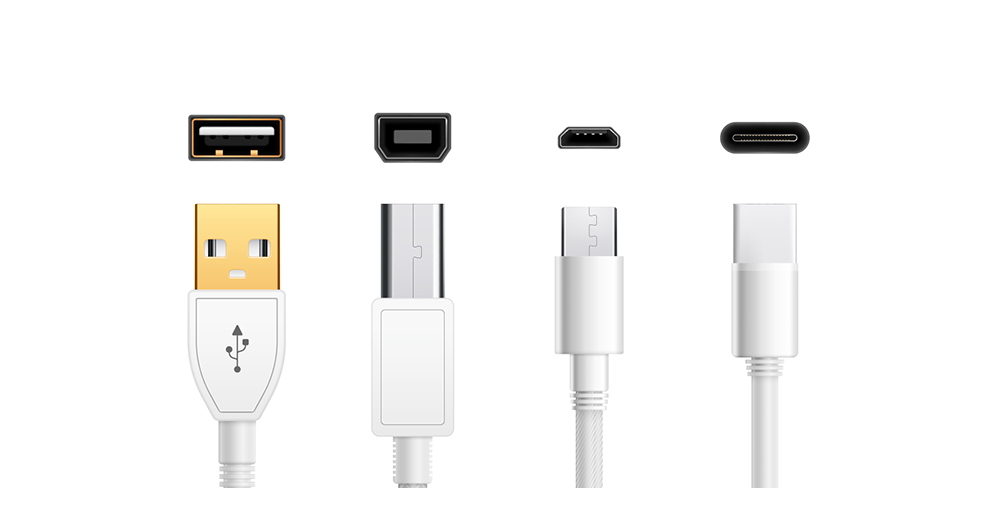
What is Fast Charging and Why it is Important for Cell Phone Charging Stations?
Normally your standard mobile charger or a USB cable connected to a laptop or computer delivers 1 Ampere current at 5 Volts. The power is a measure of current multiply by the voltage so in this case the power is 5 watts. The USB standard power delivery mechanisms support a variety of current at 5 volt. The fast charging is when your device gets more than or equal to 2.1 Ampere at 5 Volts. Usually when a power adopter is used, the fast charging delivers 2.1 ampere to 3 ampere with different voltages 5V, 7V, 9V, and in some cases 12V and even up to 20V. These all different voltage values and amperage is very confusing. However, for a simple cell phone charging station it is ideal to use a power adopter which can deliver all different ranges of voltage. For smartphone and tablets, it won’t harm them as they have in-built very sophisticated circuits which only takes the power they are designed for. Here another important thing to understand is that it is not only the power adopter that should be capable of fast charging but the device that you are using and the cable should also have to be capable of fast charging only then it will work.
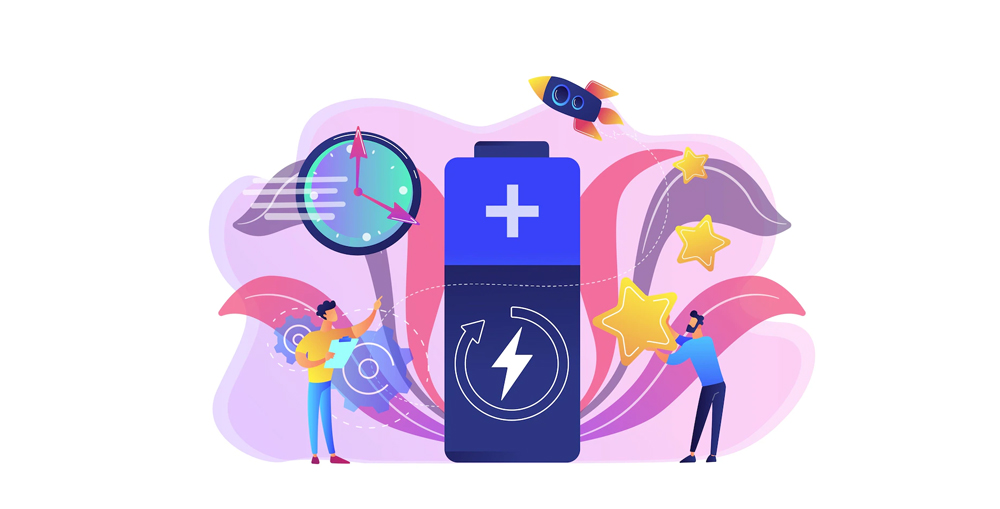
Furthermore each cell phone manufacturer also have their proprietary fast charging standards. Some of them can boost the voltage somewhere from 7V to 20V with the amperage boost of up to 5 Ampere from standard USB 3 power of 3 Ampere. For example the modern Apple iPhone support fast charging but for that you can’t use your standard 5W charger, you must have to have an 18W charger which comes with a USB C-Type to Lightning Type charging cable. Similarly there is a very popular brand for smartphone chips and circuits which is called MediaTek, it has its own fast charging standard which is called MediaTek Pump Express. The Pump Express enabled smartphones can obtain fast charging by increasing the voltage from 5V to 20V and ramping up the current from 3A to 4.5A which increase the charging power to up to 15W maximum. Similarly the OnePlus Wrap Charge and Dash Charge are fast charging standard from Oppo which keep the voltage to 5V by increase the current to 4A (Ampere) and deliver maximum 20W (Watts) of power. The latest versions of Wrap Charge can even deliver 30W power by increasing the current from 4A to 6A while keeping the voltage same at 5V.
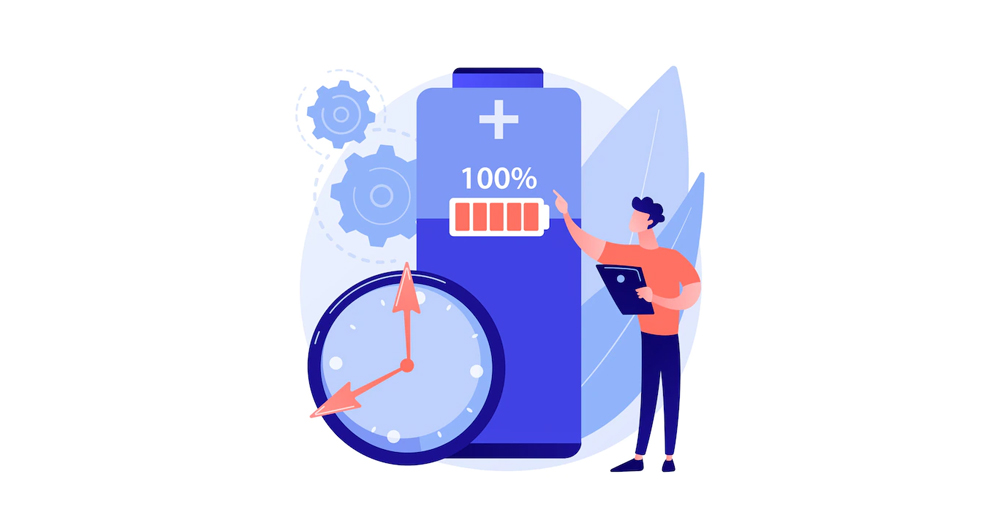
There are certain smartphones which can even take the fast charging to the next level by having any combination of voltage and current. Some can deliver a maximum of 45 Watt with a record breaking range of 65 Watt as well where the Oppo SuperVooc Flash Charge delivers 6.5A at 10V. However, this information is just to provide you basic understanding of how the fast charging works. For a cell phone charging station the best is to understand your audience, and try to deliver to the maximum audience. An average fast charging standard with up to 3A current would be enough for almost 90% of your users. Furthermore some businesses use cell phone charging station as vending machine, so fast charging would encourage users to charge their phone while paying less and getting mobile charged quickly.
What is Wireless Charging and is it Important for Cell Phone Charging Station?
The wireless charging have now become almost as a standard for all high-end and most of the mid-range smartphones. The wireless charging is basically electromagnetic induction charging. The compatible smartphone doesn’t need to be connected to a cable or adopter, instead it can be placed on the charging pads, charging stations, or charging surfaces and they will start charging wirelessly. The compatible smartphone haves a copper coil inside of it, and the charger also have almost similar kind of coil in it. The charger generated electromagnetic field, which is induced in the smartphone’s wireless charging coil and then it is converted into electricity which charges the phone. The charger itself consume some of the energy from the adopter hence the wireless charging is relatively slower than the wired charging. So if a 5W wired charger is taking 2 to 2.5 hours to charge your phone then the wireless charger will take approximately 3.5 to 4 hours for the same amount of charge.
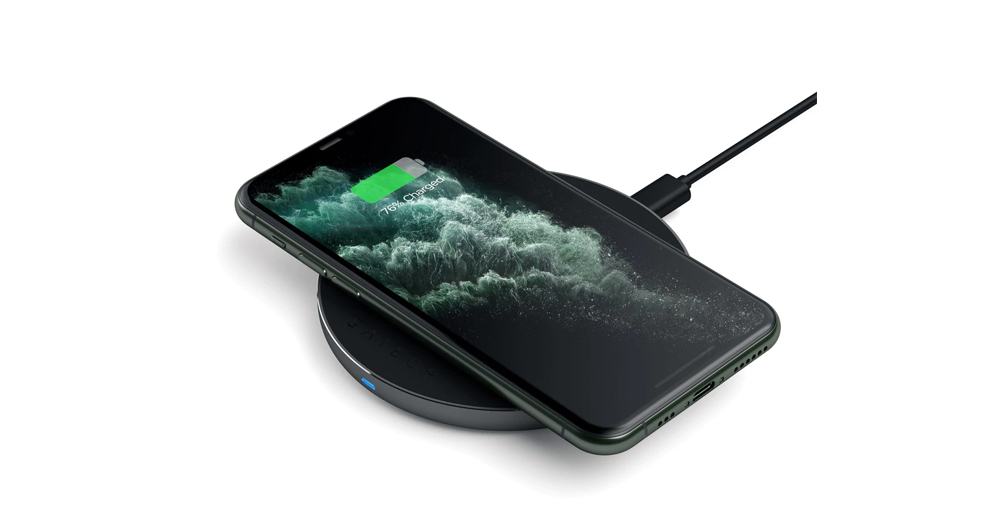
When it comes to wireless charging we all have heard a term ‘Qi Wireless Charging’ it is actually a standard and in Chinese language it means the ‘energy flow’. Samsung, Apple, Huawei, Motorola, Sony and various other popular brands have adopted to Qi standards. Although some companies are working at the wireless charging which can work at a small distance, however, currently the wireless charging only works when the phone is physically placed on the charger, even the phone covers can also interfere with the wireless charging. Having wireless charging feature in a cell phone charging station is great to gaining user’s trust, as some people are reluctant to connecting their smartphones with wires at a public place due to the fear of the safety of their phone data. So, the wireless charging could encourage them to use your cell phone charging station.
What are the Key Benefits of the Cell Phone Charging Station?
The cell phone charging kiosk provide convenience and comfort to your customers. Modern cell phone charging stations comes with in-built digital displays which can be used to play marketing and advertisements. The cell phone charging station can make your customers to stay longer in your store which is helpful in generating more sales. Furthermore if you are a gym, or a sports club, or local business, it can provide you a great competitive advantage. Businesses always struggle with their queues and customer’s waiting experience. If a customer is waiting in the waiting area, they found a cell phone charging station or kiosk, they can charge their phone, while waiting for their turn, this will add another reason for them to stay, hence they won’t feel negative about the waiting time, instead it will have positive impact on them and it improves their waiting experience.
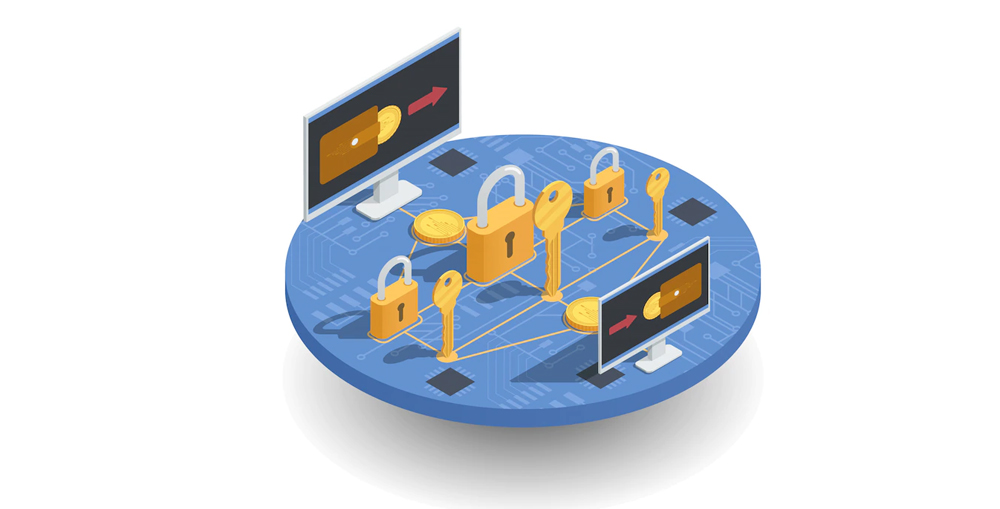
Similarly in the cell phone charging station can be great companion for the libraries and facilities where usually the visitors are not allowed to take their phone while they are having their business. In such scenarios the customer can happily put their phone in the cell phone charging station to get whatever extra bit of the charge they can get during their short visit. Similarly for some places such as Hospitals, airports and shopping malls, the cell phone charging station can enhance your customer’s experience. These are the places where the smartphone is much needed and most of the time people loss their cell phone charging. Furthermore the cell phone charging station provides you an additional communication channel. The in-built touch screen can be very helpful for marketing, up-selling, generating more sales, and attracting more customers.
Conclusion
The smartphone have become an integral part of our lives. As the smartphones are getting powerful, bigger and brighter, the battery life is reducing, the most expensive flagship cell phones can’t even provide backup for 24 hour under above average use. Here in UAE almost 98% of the population owns smartphone. And that is very common that due to some reason we failed to fully charge our cell phone before leaving for the day, and during the day or by evening suddenly our smartphone died. We are so much connected through our smartphones that anyone can panic in such situation. Especially if you are at a hospital or at a bank, where you might need your phone. Even if you are shopping, it could ruin the mood for sure. Businesses started deploying cell phone charging stations, which is a great offering for your precious customers. The cell phone charging station not only help you provide a great service to your customers and visitors but it also help you improving their experience as well. Either they are waiting in the waiting room, or at a retail store or at a hospital a quick charge to the phone is always nice.
In this blog we have covered the basic technology that is used for the smartphone charging and how different charging methods and standards work. This will provide you enough knowledge to choose an appropriate cell phone charging station with right specs for your targeted audience. If you have any question or if you want to learn more about the topic or if you want us to help you building a loveable cell phone charging station for your customers please feel free to contact us through our Contact Us (Call) page or leave a comment in the comment box below and we will get in touch with you soon.
Check out this: Why Customer Feedback Still Matters in 2022?
